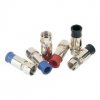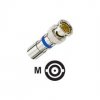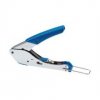i got a crap load of cable from comcast and i took off the extra coax cable off my house and im just wondering if i can use the extra cable and turn it into a coax for my radio coax?? its the same coax for use for cb and ham rigs.. i got a crap load and just tryin 2 figure out if i can turn the cable into coax for my cb and rigs.. i got so much of it that i can do a 3 or 4 story house.. comcast are idiots and there just to lazy to remove the extra cable so i did it..i figure all i would need to do is cut the ends and put a antenna connector on either ends but im not sure and i dont wanna do something to mess my crap up.. the only difference is the cable is little bit stronger and bigger thats why im asking
Last edited by a moderator:






